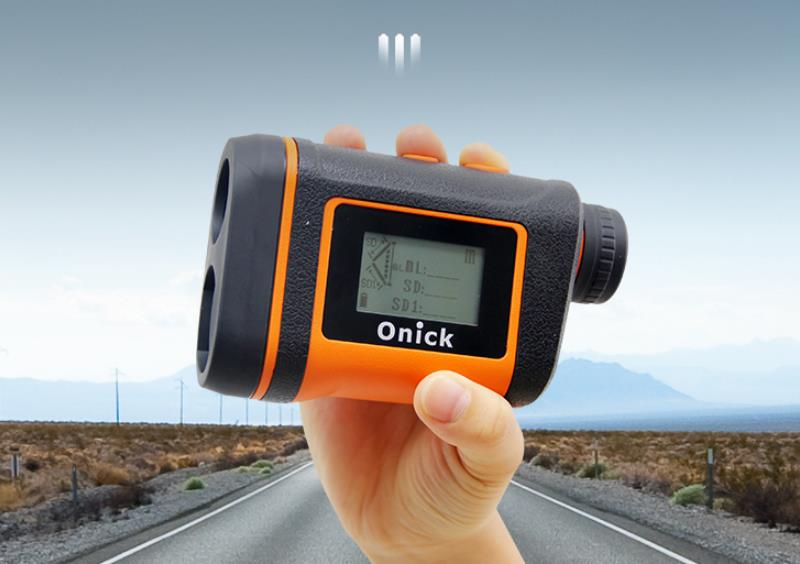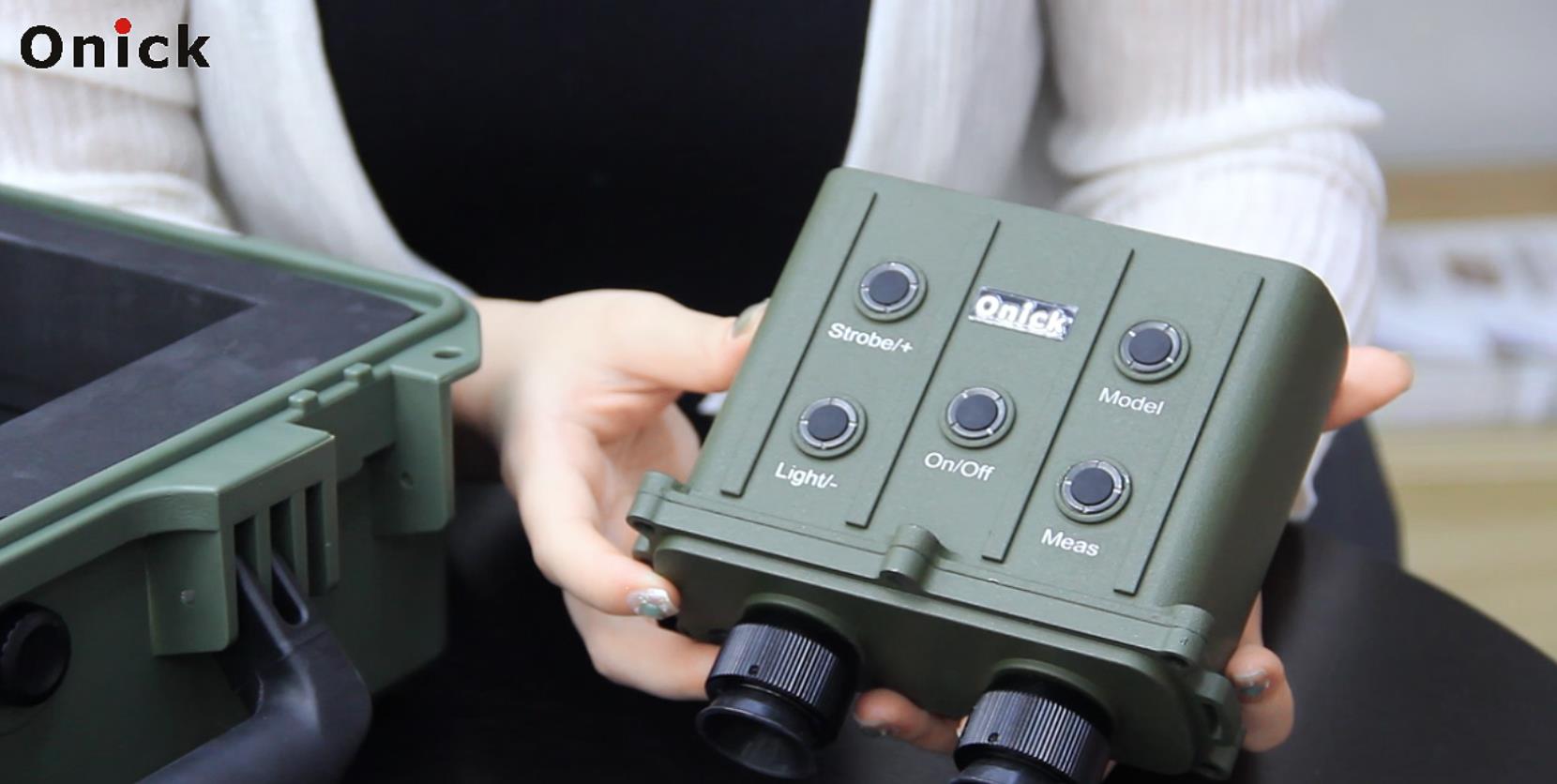The advantages of laser rangefinders include:
High precision: Laser rangefinders have very high measurement accuracy, usually reaching millimeter level or even higher accuracy, which is much higher than the accuracy of manual measurement.
High efficiency: Laser rangefinders can quickly obtain measurement results and can measure multiple points at the same time, greatly improving measurement efficiency.

Non-contact measurement: Laser rangefinders use non-contact measurement methods, which will not cause damage to the measured object and avoid errors that may occur during manual measurement.
Easy to automate: Laser rangefinders can be integrated with automated control systems to achieve automated measurement and data recording, further improving production efficiency.
However, laser rangefinders also have some disadvantages:
High cost: The price of laser rangefinders is usually high, which may increase the cost burden of enterprises.
Affected by environmental conditions: The measurement results of laser rangefinders may be affected by environmental conditions, such as temperature, humidity, wind speed, etc.

High operator skill requirements: Although the operation of laser rangefinders is relatively simple, operators are required to have certain skills and experience to ensure the accuracy and reliability of measurement results.
In contrast, the advantage of manual measurement is that it is low cost and does not require additional equipment investment. However, manual measurement has disadvantages such as low measurement accuracy, low efficiency, and susceptibility to human factors. Especially when measuring long distances or complex shapes, the difficulty and error of manual measurement will increase.
Therefore, when choosing to use a laser rangefinder or manual measurement, it is necessary to make a comprehensive consideration based on the specific measurement needs and scenarios. For measurement tasks that require high precision and high efficiency, a laser rangefinder is usually a better choice. For some simple measurement tasks that do not require high precision, manual measurement may be more appropriate.

